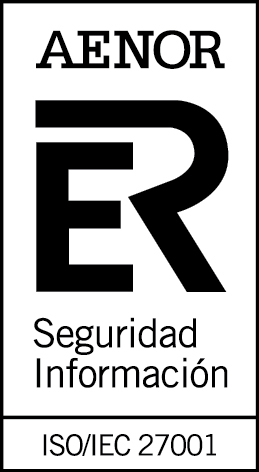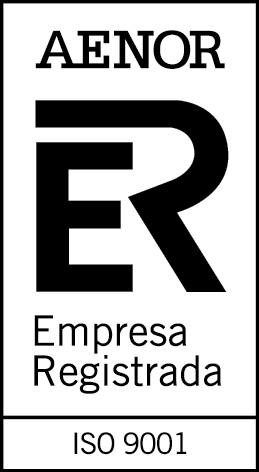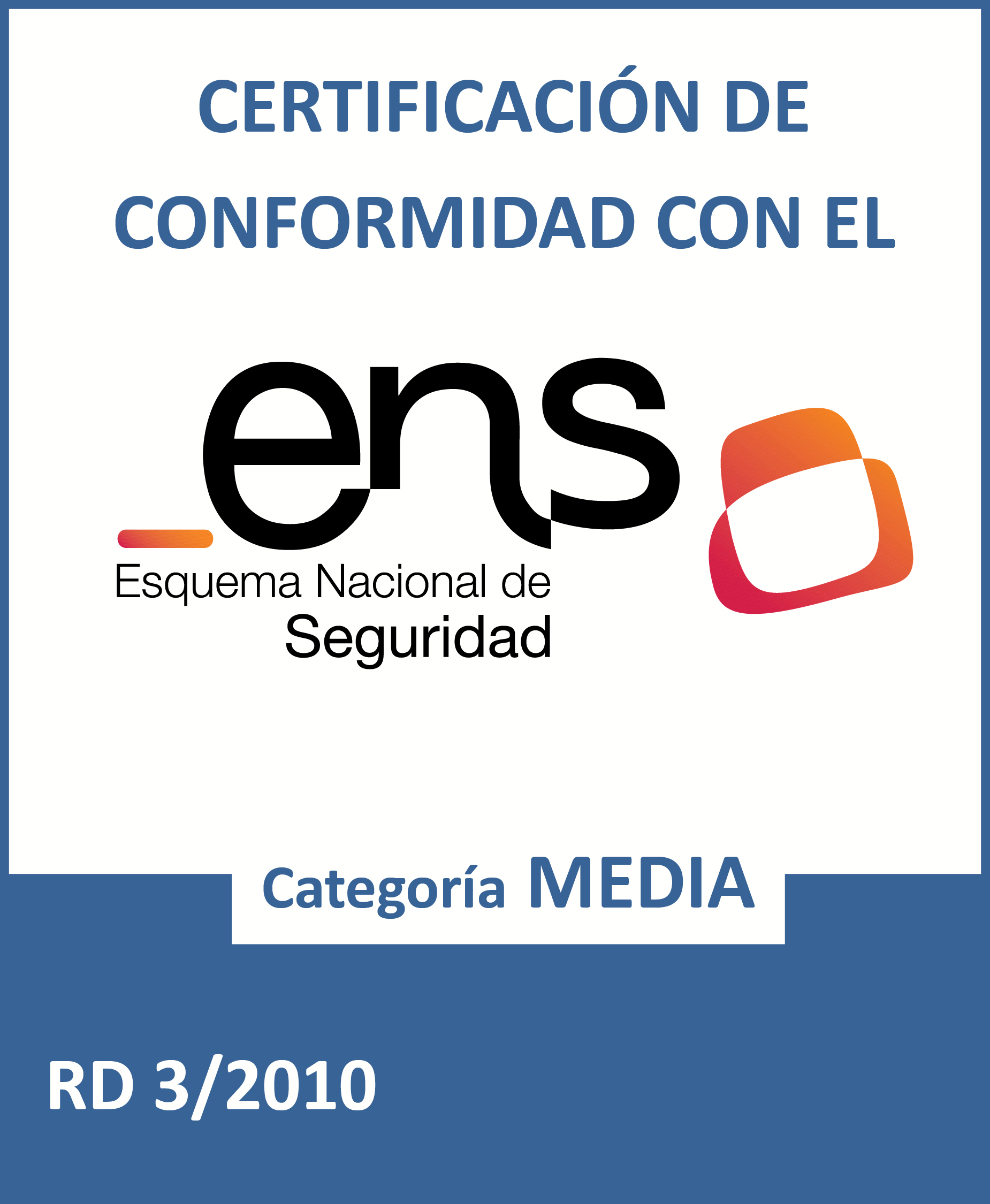Discovering Blockchain keys
Fecha del documento: 18-04-2018

Blockchain is one of the most popular buzzwords. Every day, several news tell us how blockchain will revolutionize all sectors, from banking to manufacturing, journalism or health. The public sector is also affected by this trend and public organizations are gradually implementing this technology, linked to open data initiatives, to guarantee data quality. However, there are still many doubts about what blockchain is.
Blockchain was born as a technological base for the correct functioning of digital currencies - bitcoin - payments. It is a set of technologies that facilitate the decentralized exchange of digital information, eliminating the need for intermediaries. Each transaction is organised into interconnected blocks, in such a way that any change in one link affects the previous one. In this way, the network participants can detect any fraud attempt in real time.
To shed some light on this technology, we have developed the White Paper Discovering blockchain keys, aimed at those people who want to understand its functioning. Through various examples, the document analyzes how a blockschain is configured, explaining in a simple way different concepts such as Hash - that is, the unique fingerprint of each transaction - or nonce – a random number that generates the hash.
The White Paper also address some of the main use cases of blockchain, as well as their benefits and challenges. According to the report, blockchain facilitates transactions in a more transparent and efficient way – automated, without human intervention -, and it is safe and fast, among other advantages. On the contrary, some of the challenges faced by organizations that want to start using blockchain are the lack of qualified talent, the need to improve citizens' electronic security practices, the regulatory changes or the resistance to change.
The document concludes with a hopeful message for the sector: the blockchain market is expected to experience a notable growth during the next 4 years, reaching a Compound Annual Growth Rate (CAGR 2017-2022) of 71.46%.











